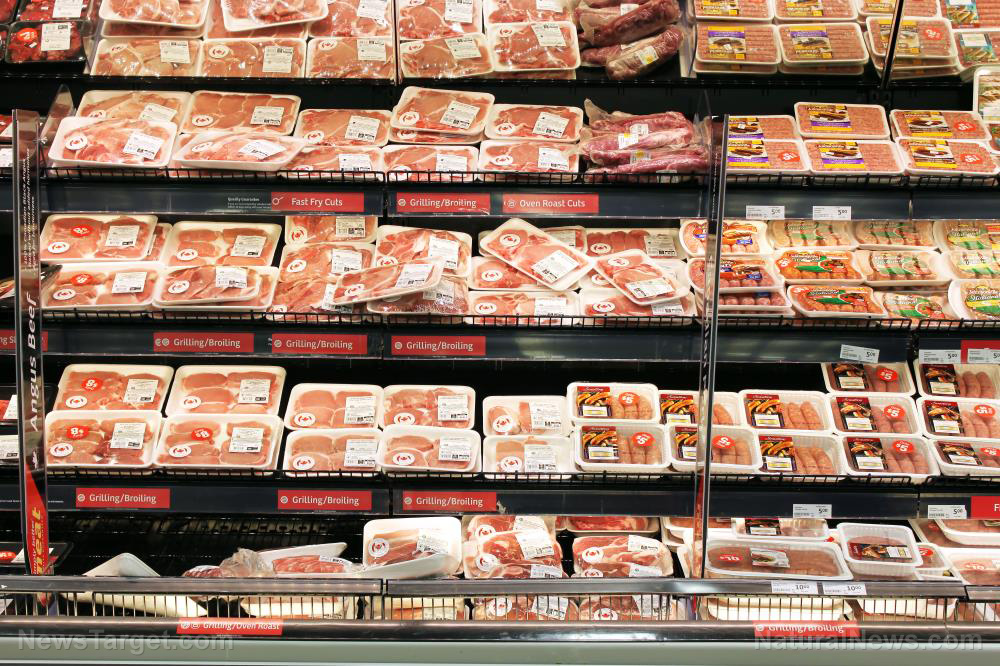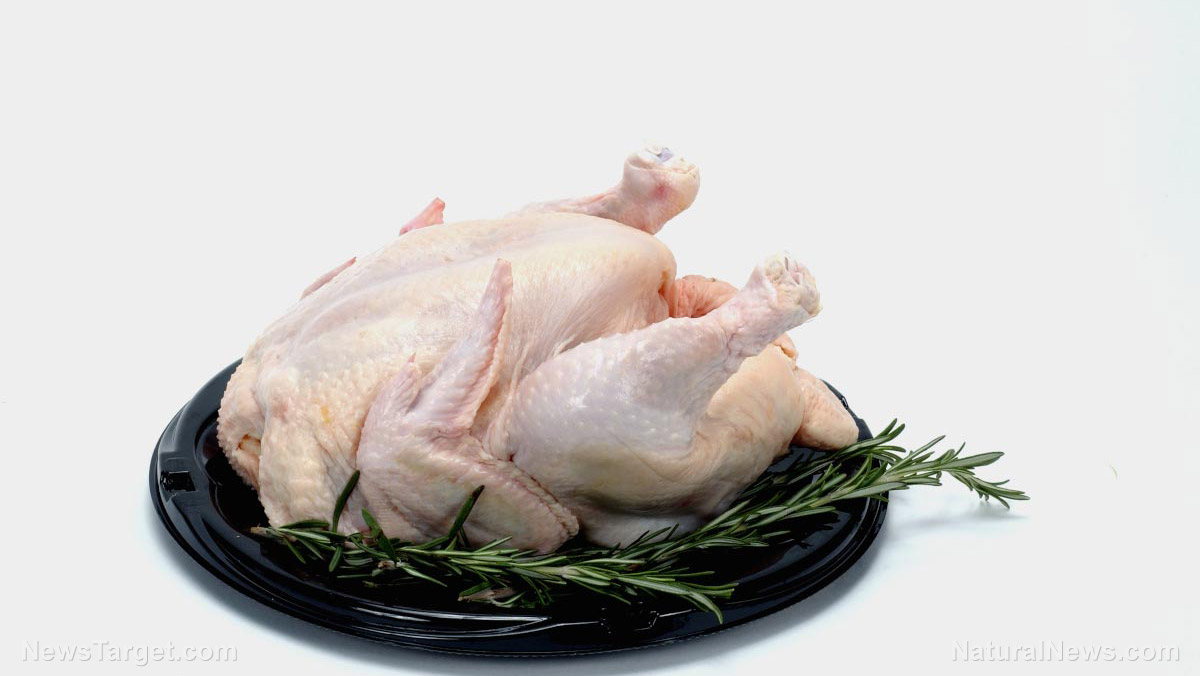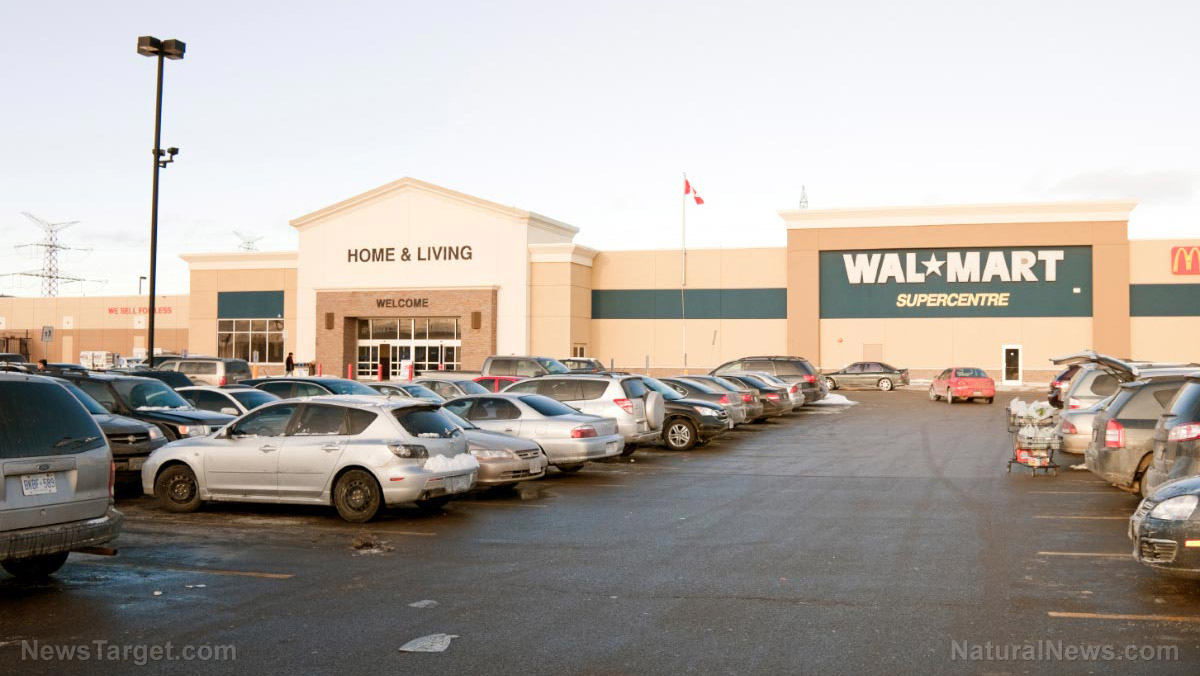Meat shortages across the U.S. are likely to get worse
05/07/2020 / By Isabelle Z.

As the coronavirus pandemic continues to wreak havoc on the food system, you can now add meat to the list of foods that are becoming increasingly difficult to obtain.
On Monday, Costco announced that customers will be limited to purchasing three packages of meat, and Kroger’s website announced limited meat inventory because of high demand. In stores, Kroger is limiting the purchases of not only beef but also chicken and pork, while online shoppers can get just two items from each of those categories.
With many more Americans cooking and eating at home than usual due to coronavirus restrictions, grocery stores are being hit especially hard by the meat shortages, but restaurants are also suffering. Hundreds of Wendy’s fast food restaurants have now run out of hamburgers, with a fifth of all locations completely sold out of all beef products. The chain, which relies on fresh beef as a selling point, is being hit harder than rivals who use frozen meat.
Around the country, grocers are expecting a run on meat after some major national meat producers had to shut down production. Experts have been warning for weeks that this was going to be inevitable, but it’s happening earlier than expected as people heed the warnings and stock up.
One major producer, Tyson Foods, had to close several plants last month after coronavirus outbreaks hit workers there. Although President Trump signed an executive order that would keep the processing plants open, Tyson said the meat supply chain will be disrupted for many more months.
According to USA Today, at least 19 meat packing plants and five processed food plants were closed as of April 29 because of worker shortages. At least 5,000 plant workers are believed to have tested positive for the virus, while thousands of others aren’t working either because of quarantine requirements or because they refuse to work in conditions they say are unsafe.
The closures of these plants has already seen a 25 percent drop in pork production and a 10 percent decline in the production of beef. One big factor is that two thirds of the beef production in this country, along with a large percentage of chicken and pork processing, comes from just three companies: Tyson Foods, Cargill Inc, and JBS SA. The White House has said that shutting down just one big meat packing plant could see the loss of ten million beef servings in just one day.
Changes coming in the way meat is sold
In addition to shortages, customers who do manage to find meat might notice some big changes in the way it’s being sold. For example, the shortage of labor in processing plants might mean people have to do the labor themselves at home, such as cutting up chicken into parts and deboning it. Meat may also be sold in bigger pieces instead of individual steaks and roasts.
The problems that are already being seen could be just the beginning, and fresh beef shortages are expected to peak around Memorial Day – right when many Americans will be hoping to have barbecues.
Last week was reportedly the fourth week in a row in which the number of cattle slaughtered in the country dropped below half a million, which is a 35 percent drop from America’s average beef production.
Although eating less meat could have a very positive impact on public health, the situation is a sign of an alarming trend that is hitting the food supply as a whole. It will also impact those who don’t normally eat meat as they face increased competition for other proteins like beans and eggs. Unfortunately, as the coronavirus pandemic continues, food shortages of all types are only likely to get worse.
Sources for this article include:
Tagged Under: beef, chicken, Collapse, coronavirus, food shortages, food supply, grocery, meat, meat production, starvation, tyson, Wendys
Get independent news alerts on natural cures, food lab tests, cannabis medicine, science, robotics, drones, privacy and more from NewsTarget.com
Get independent news alerts on natural cures, food lab tests, cannabis medicine, science, robotics, drones, privacy and more from NewsTarget.com
RECENT NEWS & ARTICLES
COPYRIGHT © 2017 · SURVIVAL NEWS





















